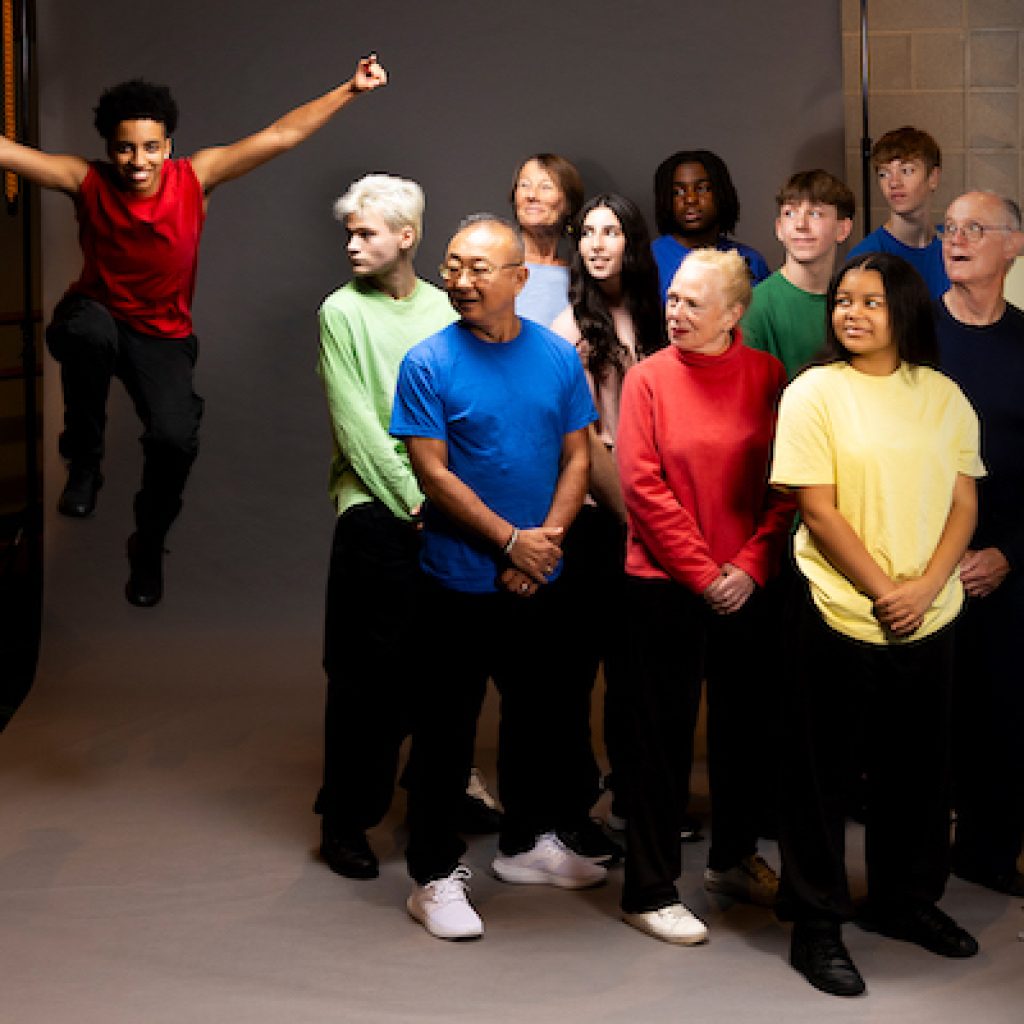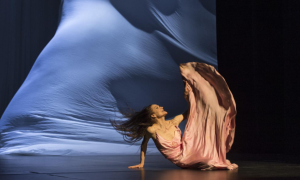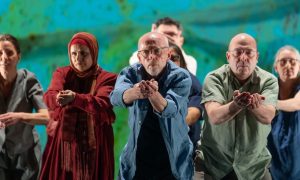The Elixir Festival, which focusses on the idea of ageing in dance, will take place 10 – 20 April at Sadler’s Wells. Elixir Festival challenges perceptions around dance and age with works by iconic artists from around the world alongside inspiring performances from dancers drawn from local communities in north and east London.
The festival will include performances, films and talks, as well as workshops for participants to experience a new dance style and learn from inspirational artists.
Performances include:
Mixed bill from Germaine Acogny and Malou Airaudo, Louise Lecavalier, and Ben Duke (10 April)
Germaine Acogny, “the mother of contemporary African dance” and founder of École des Sables, comes together with Malou Airaudo, who worked closely with Pina Bausch, for common ground[s], a duet that has travelled the world in a double bill with Bausch’s The Rite of Spring and will perform in London for the first time.
Also on the programme is Minutes around late afternoon, choreographed by Louise Lecavalier, former principal dancer of the Montreal-based La La La Human Steps and collaborator of David Bowie; as well as White Hare, a new work created by Co-Founder and Artistic Director of Lost Dog Ben Duke.
Christopher Matthews’ Act 3 (10 – 11 April)
Working with a cast of collaborators aged 60 and above, whose desire was forbidden in their youth, Christopher Matthews’ Act 3 considers what it means for those feelings to be hidden. Act 3 is inspired by queer modernism and the work of photography collective PaJaMa. This collective created scenes of magical realism, featuring New York’s young bisexual or gay artists, dancers and writers in the 1930s and 1940s. This work is the final instalment in a trilogy of works by Matthews. Continuing his studies of intimacy between two figures, Act 3 is an exploration of queer desire in later life.
Mohamed Toukabri’s The Power (of) The Fragile (11 April)
In The Power (of) The Fragile, Mohamed Toukabri invites his mother Latifa with him on stage. After being apart for several years, they find each other again in the theatre. This work is a collection of images that reflects on what a mother and son relationship can look like, on what it means to be home and to go away.
Double bill from Susan Kempster and Charlotta Öfverholm (12 April)
Susan Kempster’s MOTHER is an intergenerational duet that invites the audience to question intimacy and who we are to each other. Kempster explores the intimate physical connection that two very different bodies can create on stage.
In A Cage of Light, by Charlotta Öfverholm, looks at our relationship with our own body through the lens of a mature dancer. This energetic piece features live music, powerful movement and bold characters.

Company of Elders and ZooNation Youth Company in The Exchange (13 April)
Sadler’s Wells Company of Elders, made up of older adults over age 60 from the local community, comes together with the storytellers of ZooNation Youth Company for The Exchange. The work explores evolving perspectives, telling stories of our past, present and future selves through dance styles influenced by hip hop culture.
Dance On Ensemble’s London Story and never ending (Story) (17 April)
Berlin’s Dance On Ensemble recreates and responds to Merce Cunningham’s iconic work Story, which was never the same show twice. In Cunningham’s original work, the dancers were able to make choices about their movements, while a new set was constructed for each performance using material found in or near the theatre. Now, Dance On Ensemble draws from limited archival materials to re-imagine the piece for a new generation.
As a further exploration of Cunningham’s Story, a poem improvised by David Antin in 1989, was also a starting point of Mathilde Monnier’s never ending (Story). This is a piece that explores how movement and thought come together. The work is rooted in stories – stories about structure, rhythm, feelings and repetitions.
For further information on all of the performances and more on the Elixir Festival 2024, go to www.sadlerswells.com/elixir-festival-2024.


!['common ground[s]'. Photo by Maarten Vanden Abeele.](https://dancemagazine.co.uk/wp-content/uploads/2024/04/common-grounds.-Photo-by-Maarten-Vanden-Abeele.jpg)











